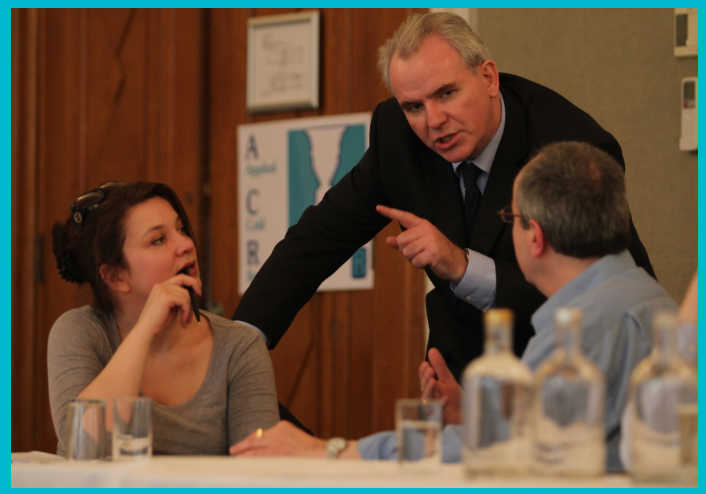Cold Reading Examples: Master the Art of Insightful Communication
Cold Reading Examples: Master the Art of Insightful Communication
If you’ve ever watched a mentalist or psychic seemingly reveal intimate details about a stranger, you’ve likely seen cold reading in action. But this isn’t magic it’s a skill. And the best way to understand how it works is through real cold reading examples that illustrate key techniques.
In this guide, we’ll walk through practical, real-world cold reading examples to show you how to create connection, build trust, and communicate with impact even when you don’t know a thing about the other person.
What Is Cold Reading?
Before we dive into cold reading examples, let’s clarify what cold reading actually is. Cold reading is a communication technique that creates the illusion of insight without prior knowledge. It combines observation, psychological principles, and verbal strategies to sound impressively intuitive.
People use cold reading in mentalism, sales, coaching, leadership, and even everyday conversations. And it’s not about trickery it’s about attentiveness and connection.
Why Study Cold Reading Examples?
Learning theory is useful, but nothing beats practice. By analysing cold reading examples, you can:
Understand how different techniques are applied
Learn how to adapt based on responses
Improve your observational and communication skills
Build rapport more quickly and authentically
10 Cold Reading Examples You Can Learn From
Here are 10 practical cold reading examples that use real techniques you can apply immediately.
1. The Barnum Statement
"You’re someone who values your independence but also appreciates having people you can rely on."
This statement feels personal but applies to almost everyone. A classic cold reading tool.
2. The Rainbow Ruse
"You’re usually very calm, but when something really matters to you, you can become quite passionate."
This combines opposites, increasing the chance of it resonating.
3. Observational Insight
"You’ve made some practical choices in your life, but there’s a creative side you don’t often get to express."
Based on attire or mannerisms, you draw out likely dualities.
4. The Jacques Statement
"There’s someone in your life who has recently needed more support than usual."
Almost everyone has someone who fits this category at any given time.
5. Casting the Net
"You’ve recently been thinking about making a change professionally or personally."
A vague yet plausible statement that invites agreement and elaboration.
6. The 'Some People' Technique
"Some people see you as very strong, but they might not realise how sensitive you are inside."
Using third-party framing creates emotional distance, increasing believability.
7. Confirmation Prompt
"You’ve had some success recently, haven’t you?"
Posing as a question, this lets the subject fill in the gaps.
8. Cold Reading Through Environment
"Your workspace shows that you’re someone who likes things organised, but not obsessively so."
Using your surroundings helps personalise your reading.
9. Emotional Mirror
"You’ve been carrying a lot lately responsibility, pressure and it’s starting to show."
Mirroring emotions builds quick empathy.
10. The Bridge to Conversation
"You strike me as someone who values loyalty more than most."
This encourages a dialogue that leads to deeper connection.
Cold Reading Examples in Different Contexts
In Sales
"You’re the kind of buyer who does their research. You’re not looking for flash you want real value."
In Coaching
"You’re highly driven, but sometimes you struggle to switch off. Sound familiar?"
In Casual Conversation
"You seem like someone who likes people but still needs their quiet time."
Mastering the art of cold reading starts with understanding the patterns, phrasing, and psychology behind it. By studying real cold reading examples, you gain a powerful edge in how you connect, influence, and empathise.
Remember: cold reading is not about guessing it’s about guiding. Use these cold reading examples with integrity, and they’ll help you build stronger relationships in every area of life.
Now that you've seen these cold reading examples, it's your turn to practise, refine, and connect.





